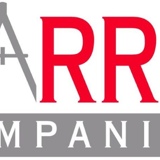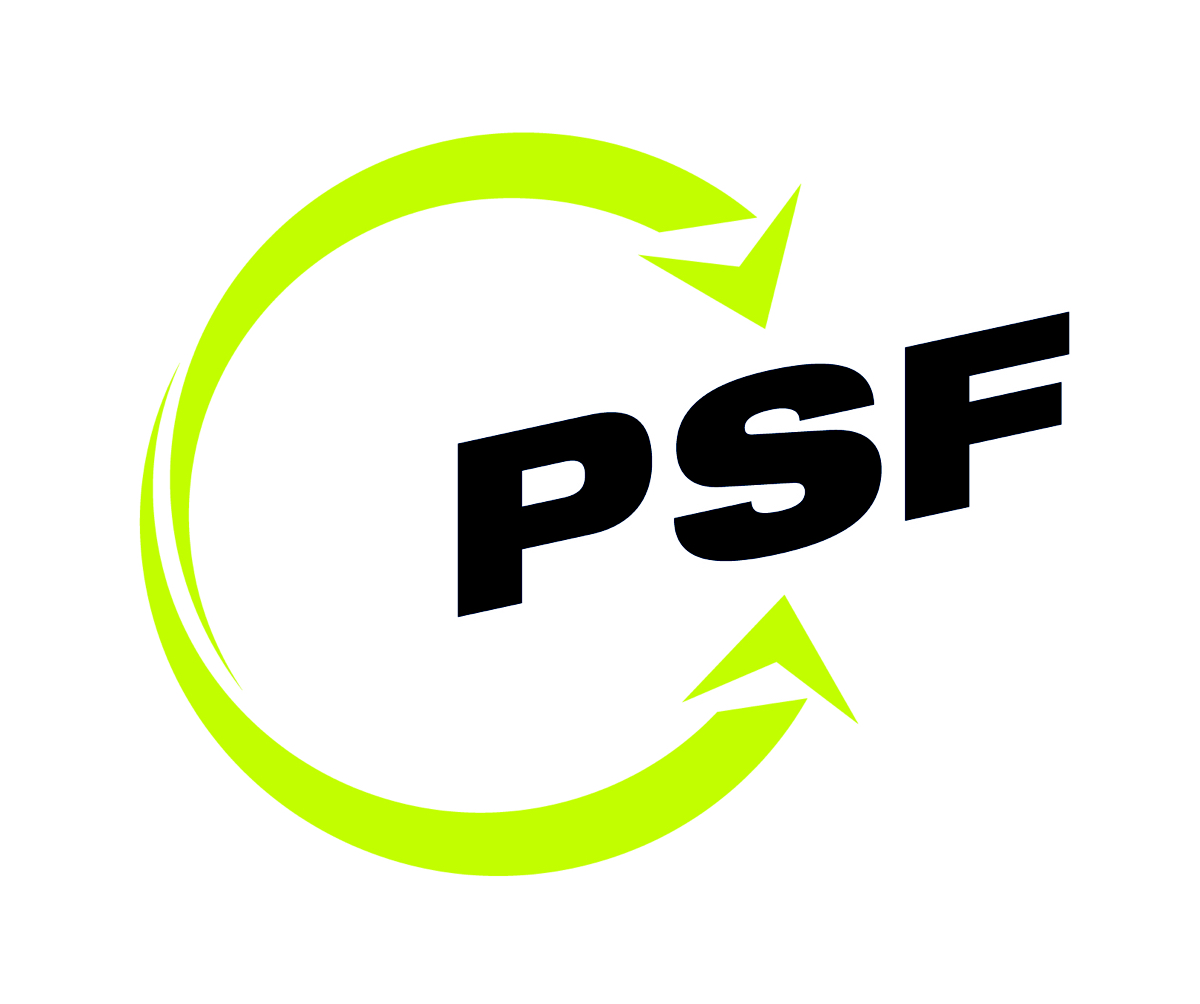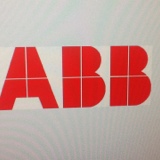Information
-
Site Safety Audit
-
Document No.
-
Location
-
Conducted on
-
Supervisory Personnel Onsite
-
Prepared by
MANPOWER
SAFETY PRACTICES
-
Has the Supervisor performed their weekly safety audit?
-
Employees are trained in and properly using their personal protective equipment (PPE)?
-
Work practices observed during the inspection were performed safely?
-
Is a Task Safety Analysis available for review at the task site, and have all employees reviewed/signed it?
-
Hard hats, safety glasses and hearing protection are available and used?
-
Emergency phone numbers are posted by all land-lines, or saved into personal cell phones of supervisors?
-
First Aid/CPR/AED trained personnel onsite?
-
Are equipment inspections conducted daily prior to use?
-
Are inspection logs completed, maintained and signed?
-
Are health and safety training records kept onsite?
FIRST AID EQUIPMENT
-
First aid kits are available and stocked accordingly? First aid supplies do not show signs of sterility loss (ie. Discolored paper or expired dates)?
-
Do employees know the location of first aid kits (ead's if available)?
-
Is a first aid log kept on this site, and is it current?
-
Eyewash stations, either temporary or permanent, are installed and tested monthly?
-
Areas within 3 feet of eyewash and safety showers are unobstructed and visibly marked?
HOUSEKEEPING, EGRESS, WALKING SURFACES
-
Floors are free of oil, water and other slip/trip hazards?
-
Clean/Private toilets are accessible to all workers?
-
Potable water is readily accessible to all workers?
-
Handwashing facilities are available near the break areas?
-
Hand Soap and towels are available, covered garbage can to dispose of hand towels is by the wash station?
-
Food, Beverages and smoking are absent from work areas when required?
-
Exits and aisles are unobstructed and free of tripping hazards?
-
Evacuation routes are posted and employees have received evacuation instructions for their work area?
-
Work areas have more than 1 access point for emergency evacuation routes?
ELECTRICAL SAFETY
-
Is an assured equipment grounding conductor program in place, or are all electrical cords protected by GFCI's?
-
Are only OSHA approved type extension cords being used on job site?
-
Extension cords are used for temporary wiring only (3 days or less)?
-
Multi-plug connectors are GFCI protected and used properly, with no piggybacking of connectors?
-
Electrical cords are in safe condition with no cuts, no cracks, no taped repairs, nor strain relief failure evident?
-
Extension cords are not run through walls, across walkways/cart paths, and are suspended off floors where possible.
-
Electrical equipment is correctly grounded with three-pronged plugs or UL Double-Insulated approved?
-
All wiring and fuses are properly covered with no exposed wiring?
-
All permanent power circuit breakers are labeled to identify equipment circuits?<br>
-
All permanent power circuit boxes have had a proper electrical arc safety assessment and are labeled accordingly?
-
High wattage equipment (refrigerators, copiers, etc.) is plugged directly into a wall outlet or electricity source and not being used with an extension cord?
-
Are all authorized individuals working in electrical boxes, using the proper NFPA 70e required PPE (which includes: Hard Hat with AR Face Shield, Balaclava, Ear Plugs, Safety Glasses, Rubber gloves with leather covers, and AR rated uniform)
-
Is temporary lighting hung by non-conductive materials, have bulb guards in place, and no burnt-out light bulbs?
-
Is the site free from broken environmental covers on all temporary electrical outlets?
MACHINE/HAND TOOL SAFETY
-
Bench-top grinders are secured to the bench, and not free standing?
-
Bench Grinder shield installed properly?
-
Bench Grinder Tool Support is set to no further than 1/8" clearance from grinding disk?
-
All machine and power tools are fitted with appropriate guards?
-
Hand tools are kept in good working condition and stored properly when not in use?
-
Tools are used in ways that are consistent with their design?
-
Compressor air nozzles are provided with pressure reducing devices restricting pressure to 30 psi?
-
Compressor lines greater than 3/4", equipped with Chicago type couplers, have all joints pinned and whip checks installed?
CHEMICAL SAFETY
-
Do employees know the location of the Safety Data Sheets?
-
A written Hazard Communication program is in place?
-
The written program includes a complete list of all chemicals being used on the jobsite?
-
A Safety Data Sheet binder is readily available to all employees and a current SDS is located in the log book for every chemical on the list.
-
All Chemical Containers are properly labeled with chemical names spelled out as required under GHS or OSHA HazCOM 2012?
-
All chemical containers used for flammable liquids and any combustible debris/trash are kept away from ignition sources?
-
Hazardous/Flammable waste containers are appropriately labeled and easily identified, and closed when not in use?
-
Do employees know the procedure for containment of spills/leaks?
-
Is a spill kit on-site?
FIRE PROTECTION
-
Has a Hot Work Permit been completed and properly signed by appropriate parties?
-
Is a fire watch present for all areas effected, including lower levels and adjacent rooms if necessary?
-
Has all flammable debris/combustible debris/trash been kept away from welding/cutting and grinding operations?
-
Is there an adequate number of properly charged fire extinguishers available?
-
Are all fire extinguishers inspected within the past 30 days AND have a documented annual inspection tag?
-
Are fire extinguishers properly located within reach of all hot-work/welding/cutting operations?
-
Are fire blankets or water cans being used as needed?
-
Flammable liquids over one gallon are in approved containers (FM, UL, DOT)?
-
Flammable liquids totaling more than 10 gallons are stored in safety storage cabinets, outside, and/or away from entrance/stairs/exits?
-
Are all fire lanes free of debris so emergency vehicles can enter the site?
-
Are "NO SMOKING" signs posted and enforced?
FALL PROTECTION
-
Are all employees properly trained in the use of personal fall arrest systems and their required components?
-
Are employees using personal fall arrest systems when required?
-
Is all fall arrest equipment, that is in use, installed correctly and in good condition?
-
Is the anchorage point capable of supporting 5,000 lbs?
-
Are employees wearing personal fall arrest harnesses correctly, and are the harnesses the correct size for the employee?
-
Have employees performed daily inspections of their fall arrest equipment?
-
If retractable lifelines have been installed for semi-permanent use (over a period greater than 5 days) been inspected routinely and is a lightweight retrieval line being used so that the retractable can retract when not in use?
-
Are all fall protection components in use specifically identified as "Fall Protection Use Only" and they have not been used for other activities (i.e. rigging or material handling)?
-
Do all floor penetrations greater than 2" or wall perimeters that are 6' or greater above a lower level been covered or protected with properly identified guardrails or secured hole covers?
-
Do guardrails and handrails meet or exceed OSHA requirements?
-
Is proper fall protection provided on the roof? Is there a parapet wall with a minimum height of 42" (+/- 3") or a hard hand rail established?
-
Has a 15' barrier with flagging every 6' with a high visibility material been established around the work perimeter?
-
Are warning lines constructed to withstand 500 pounds tensile strength?
-
If proper controlled access zone can not be established, has fall protection system been set-up to provide 100% tie-off on the roof, or is a portable fall protection cart being utilized?
COMPRESSED GASES, WELDING/CUTTING/BRAZING OPERATIONS & CYLINDER SAFETY
-
Are all shields, helmets and goggles in place and in good condition?
-
Has a hot work permit been obtained and on-site at the task area, as required by the jobsite?
-
Is there an assigned fire-watch being conducted during hot-work procedures and for a minimum of 1/2 hour after the hot-work has been completed?
-
Are all compressed cylinders properly labeled?
-
Are oxygen and fuel cylinders stored properly, separated by a one hour fire barrier or 25' of ventilated space?
-
When cylinders are not in use, are they stored with valves closed, regulators removed and caps in place?
-
Are all torch hoses and torch assemblies inspected and free from defects/leaks?
-
Are all hoses equipped with back-flow/flash-back prevention check valves?
-
Are all regulators in good condition and appropriate for the gases used?
-
Screens/Shields are being utilized to protect pedestrians and other trades personnel working in the area?
-
All welding cables, leads, and attached accessories have been inspected prior to use, and are maintained in a condition free from defects?
EXCAVATION/TRENCH SAFETY
-
Has a dig permit been filled out prior to the start of work and signed by the proper parties?
-
Have all utilities been located prior to digging?
-
Is a competent person available and assigned to supervise trench work and excavation operations?
-
Has the excavation/trench been inspected prior to employees entering and work being conducted?
-
Has the excavation/trench been re-inspected prior to employees entering following environmental changes or inclement weather events?
-
Is there adequate access/egress to the excavation/trench?
-
Do all excavations and trenches greater than 4' deep been equipped with the proper protective barricading, or constructed in the proper manner necessary for the soil classification?
-
Have ladders been located, or other means of quick exit been established, within 25' of each worker?
-
Is a fall protection system in place on the trench box if applicable?
-
Are all spoil piles a minimum of 2' from the edge of excavation/trenches?
-
Accumulation of water has been prevented?
-
Has adequate barricading or berms been constructed to prevent vehicular traffic near the excavation/trench?
CONFINED SPACES
-
Has a confined space entry permit been aquired and properly filled out by the Entry Supervisor prior to entry.
-
Are all parties involved listed on the permit and signed?
-
Only trained, authorized entrants are allowed to enter into a confined space? All entrants indicated on permit?
-
Is there a trained attendant assigned to keep constant contact with all workers in space?
-
Is the attendant identifiable?
-
Does the attendant understand their responsibilities and do they have the authority to stop a confined space entry?
-
Is air sampling/testing equipment being used to monitor the air before and during a confined space entry?
-
Has air testing equipment been calibrated and zeroed prior to use?<br>
-
Do air samples show acceptable oxygen concentrations within the confined space (19.5% - 23/5%)?
-
Do air samples show that the space is free of toxic, flammable or explosive gases?
-
Has a non-entry rescue plan been developed and reviewed during a pre-entry safety briefing BEFORE work begins inside the confined space? Do all members of the team understand their responsibilities in the event of an emergency within the confined space?
-
Is there a tri-pod or other retrieval system been properly setup prior to entry, or horizontal lifeline retrieval system been established?
-
Are attendants wearing a full body harness properly?
-
Does the confined space require ventilation and has the space been properly purged prior to entry?
LOCKOUT - TAGOUT
-
All authorized employees who are expected to perform maintenance on hazardous equipment have been trained in Lockout/Tag-out procedures for the equipment?
-
A specific Lockout/Tag-out procedure has been written for covered hazardous equipment?
-
Has the Lockout/Tagout been properly installed? Have multiple energy sources been addressed if necessary?
-
Have all locks involved in the LOTO proceedings been properly identified with the owner of the lock, contact information, and reason for lockout?
-
Machine tools are locked/tagged out before blade changes or repairs are conducted?
LADDER SAFETY / SCAFFOLD SAFETY
-
Ladders are appropriate for task?
-
Step ladders are not being used to gain access to higher levels.
-
Ladders are being used properly? Step ladders are open and spreader bars are locked, and ladders are not leaning against walls while in use?
-
Ladder has been inspected within 30 days?
-
All manufacturer's labels are intact and legible?
-
Have all working surfaces 10' or higher been equipped with guardrails and toe boards?
-
Has scaffolding been erected correctly?
-
Is the scaffold erected on a firm and substantial surface?
-
Is a competent person available and assigned to supervise the erection/dismantling of scaffolding?
-
Has there been a daily inspection conducted for the scaffolding?
-
Are all toe boards, rails, gates, pit-tails, pads, jack's and/or wheels in place, inspected, and proper?
-
Do rolling scaffolds have locking wheels that are engaged when the scaffold is in use, AND are all employees off of rolling scaffolding while the scaffolding is being relocated to another task area? (i.e. Employees are not surfing the scaffolding"
MATERIAL HANDLING
-
Employees are using mechanical means to lift heavy objects when required, or employees are being assisted with lifting heavy, awkward materials.
-
Storage materials are properly and safely stacked?
-
Material stored on racks has a vertical clearance of greater than 18" from sprinkler heads and fire suppression systems.
-
Heavy objects and chemicals are stored below 5 feet?
MOBILE EQUIPMENT INSPECTIONS
-
Mobile Equipment Operators have training credentials on their physical body?
-
Does this site have a rough terrain forklift onsite? Has it been inspected prior to use? Has the inspection been documented in the log book?
-
Does the operator have credentials on his body that confirm he has the proper training (i.e. Training Card)
-
Does this site have a scissor lift work platforms onsite? Has it been inspected prior to use? Has the inspection been documented in the log book?
-
Does the operator have credentials on his body that confirm he has the proper training (i.e. Training Card)
-
Does this site have articulating/non-articulating aerial boom lift work platforms onsite? Has it been inspected prior to use? Has the inspection been documented in the log book?
-
Does the operator have credentials on his/her body that confirm he has the proper training (i.e. Training Card)
RECORDKEEPING
-
Personal employee information is stored in locked cabinets?
-
Required Federal OSHA posters, Applicable State Law Posters are posted in an inconspicuous place so all employees can read them?
-
The OSHA 300 - Injury/Illness log is current and up-to-date.
-
The OSHA 300A log is posted onsite during the required period of February 1 thru April 30?
RIGGING
-
Is protection provided between slings and sharp surfaces?
-
Are all ropes protected from abrasion?
-
Are all fiber ropes protected from freezing, excessive heat or corrosive materials?<br>
-
Are all ropes/slings properly manufactured and spliced according to manufacturer's recommendations?
-
Are all wire ropes free from bird-caging, compression, stretch, corrosion, kinks, and bends?
-
Are wire ropes free from cracks and breaks with no more than 3 broken wires per strand in one lay?
-
Are wire rope clips properly installed with the u-bolt on the dead end or short end of the wire rope and saddles on the active side?
-
Do all slings, wire ropes, and/or chains have affixed, durable, legible permanent identification tags stating required information?
-
Are all connections, fittings, fastenings, attachments of good quality, proper size and strength, and installed in accordance with manufacturer's recommendations?
-
Has all defective rigging been removed?
COMMENTS
-
Comments:
SIGNATURES
-
Project Manager or other Supervisory Personnel Onsite
-
Safety Department Representative













